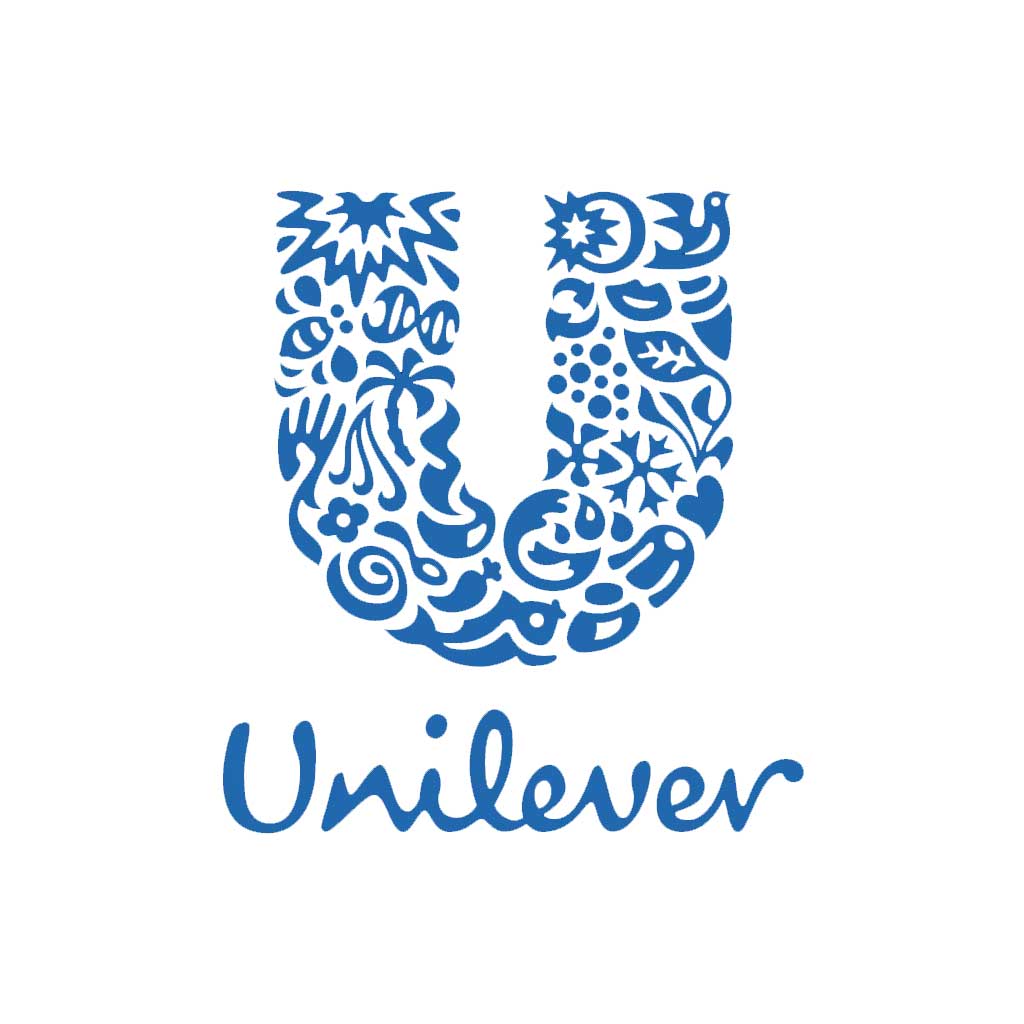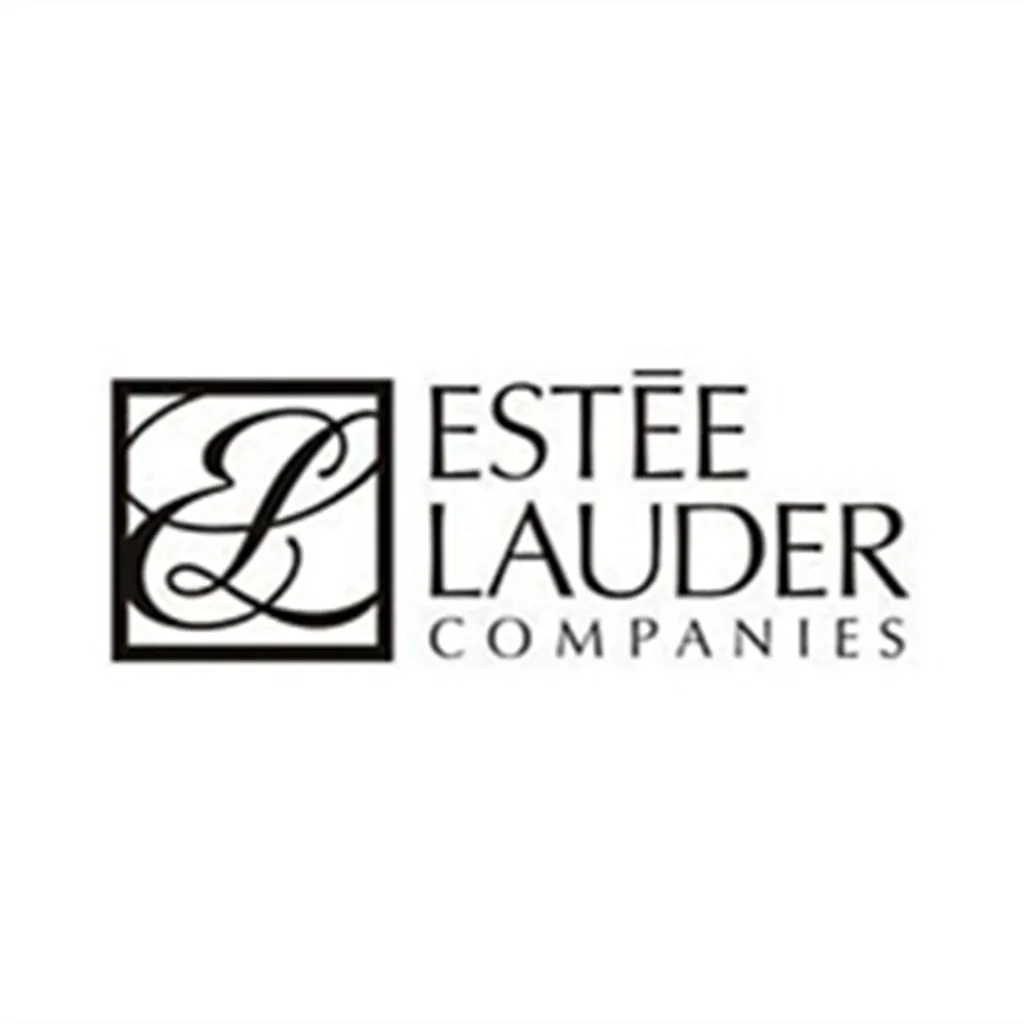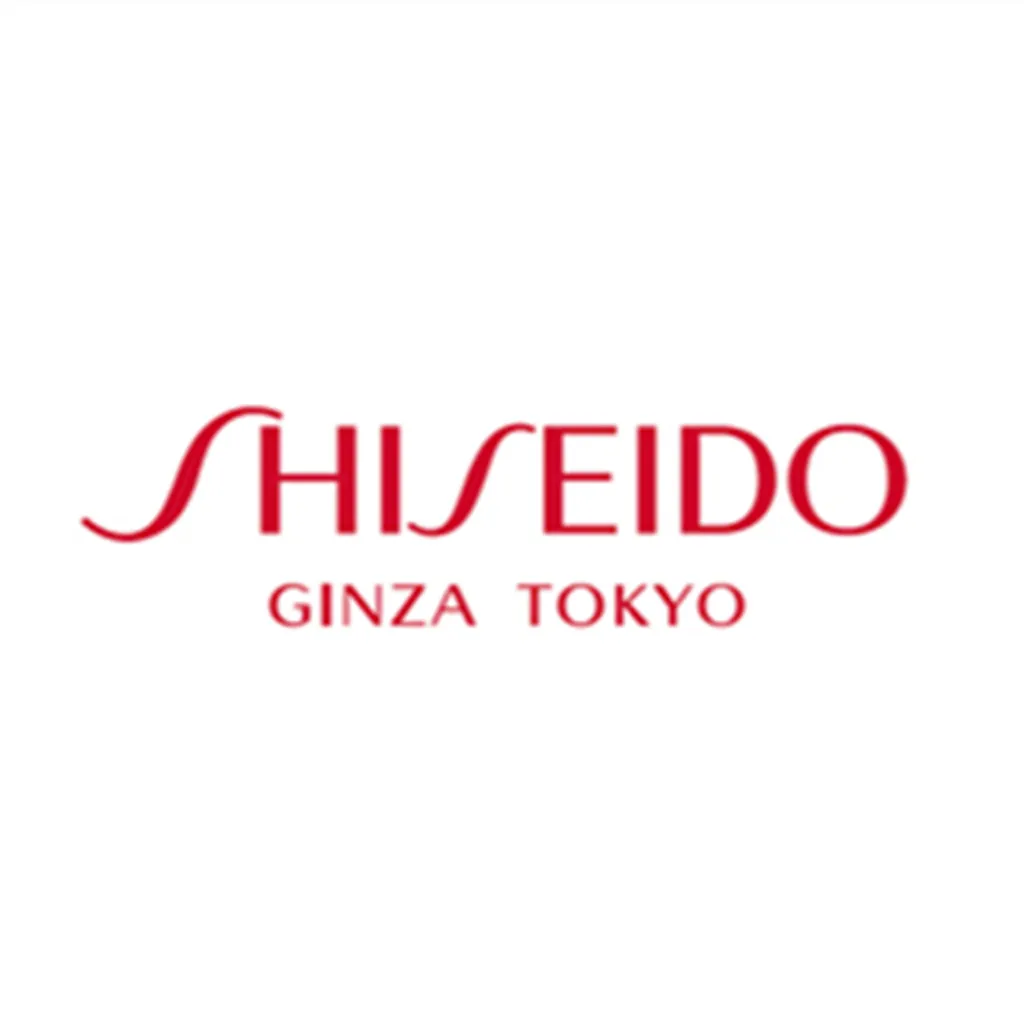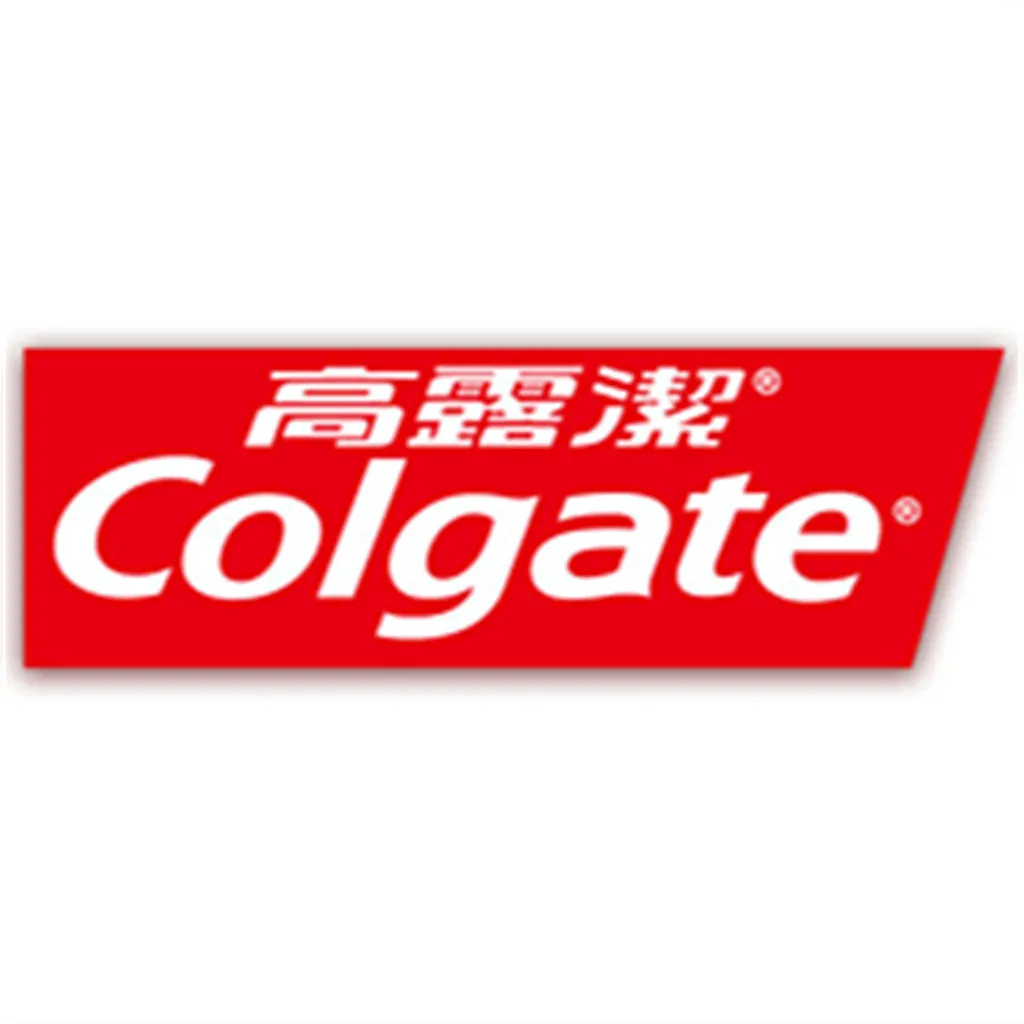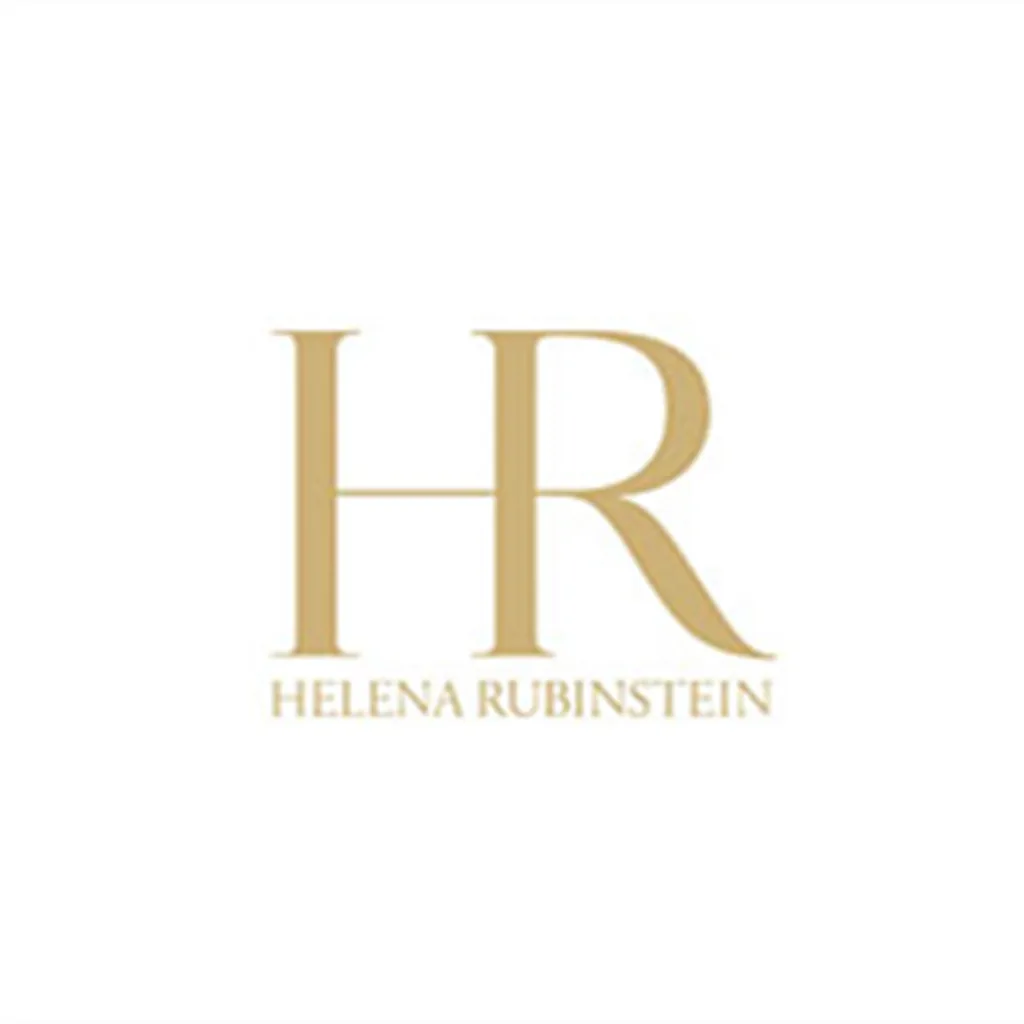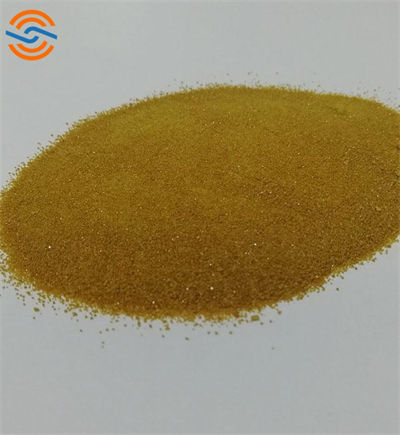
8-hydroxyquinoline sulfate with the CAS number 134 - 31 - 6 is a high - quality chemical product offered at a low price. The chemical formula of 8 - hydroxyquinoline sulfate is C₉H₇NO·1/2H₂SO₄. It is usually presented as a light yellow to yellowish - brown powder.
Regarding its physical and chemical properties, it has a certain degree of solubility in water. The melting point of 8 - hydroxyquinoline sulfate is around 173 - 175°C. It is stable under normal storage conditions but should be kept away from strong oxidizing agents and acids. This product is produced under strict quality control to ensure high purity and meet various industrial and research requirements.
In the field of agriculture, 8 - hydroxyquinoline sulfate is widely used as a fungicide. It can effectively control various fungal diseases on crops such as fruit trees, vegetables, and grains. By inhibiting the growth and reproduction of fungi, it helps to improve crop yields and quality.
In the pharmaceutical industry, it serves as an important intermediate for the synthesis of various drugs. It can be used in the production of antiseptics, anti - parasitic drugs, and some drugs for the treatment of skin diseases. Its antibacterial and antiseptic properties make it a valuable component in the development of new drugs.
In analytical chemistry, 8 - hydroxyquinoline sulfate is used as a chelating agent. It can form stable complexes with many metal ions, which is useful in the separation and determination of metal ions in samples. This property makes it an essential reagent in laboratories for chemical analysis and research.
When using 8 - hydroxyquinoline sulfate as a fungicide in agriculture, first, it should be dissolved in water according to the recommended concentration. The concentration usually depends on the type of crop and the severity of the disease. After thorough dissolution, it can be sprayed on the crops using a sprayer. It is advisable to spray in the early morning or late afternoon to avoid evaporation and ensure better absorption by the plants.
In the pharmaceutical synthesis process, it should be handled in a well - ventilated laboratory environment. Wear appropriate protective equipment such as gloves and goggles. Follow the specific reaction conditions and procedures in the synthesis protocol. Accurately measure the amount of 8 - hydroxyquinoline sulfate required for the reaction and add it step - by - step to ensure the smooth progress of the reaction.
In analytical chemistry, when using it as a chelating agent, prepare a suitable buffer solution first. Then add an appropriate amount of 8 - hydroxyquinoline sulfate to the sample solution. Stir well and let the reaction proceed for a certain period of time. Finally, use appropriate analytical methods such as spectroscopy or chromatography to detect and analyze the formed complexes.
Case 1: In an apple orchard, apple trees were suffering from a serious fungal disease that caused leaf spots and fruit rot. The orchard owner decided to use 8 - hydroxyquinoline sulfate as a fungicide. They prepared a solution with a concentration of 0.5% by dissolving the product in water. Then, they sprayed the solution on the apple trees once a week for three consecutive weeks. After the treatment, the incidence of the fungal disease was significantly reduced. The leaves became healthier, and the fruit rot rate decreased from 30% to less than 10%, resulting in a significant increase in apple yield.
Case 2: A pharmaceutical research laboratory was synthesizing a new antiseptic drug. They used 8 - hydroxyquinoline sulfate as an intermediate. By carefully controlling the reaction temperature, pH value, and reaction time, they successfully synthesized the target drug. The drug showed strong antibacterial activity in in - vitro experiments, which was expected to be further developed into a new product for clinical use.
Case 3: In a chemical analysis laboratory, researchers were analyzing the metal ion content in a water sample. They used 8 - hydroxyquinoline sulfate as a chelating agent. After adding it to the water sample and adjusting the pH value, they were able to form stable complexes with metal ions such as copper and zinc. Through atomic absorption spectroscopy, they accurately determined the content of these metal ions in the water sample, providing important data for environmental monitoring.
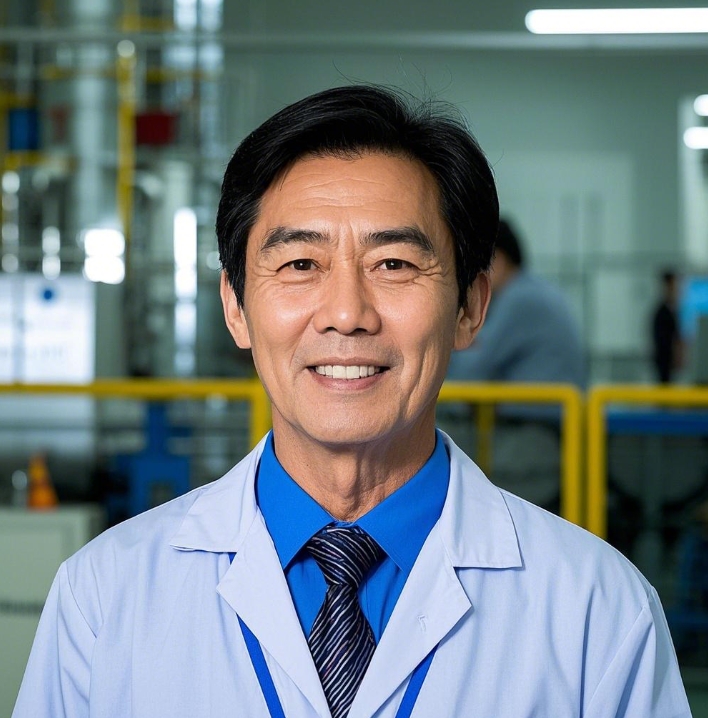
This is William, CEO of Zhishang Chemical Co., Ltd.
Welcome to visit our factory . As the top chemical manufacturer, we have been striving for product quality, innovation , R&D, and customer service for the past 7 years. In the next 10 years or even longer, we are committed to becoming the most reliable chemical supplier in the world , creating a well-known international brand trusted by customers, with the spirit of “one meter wide, ten thousand meters deep”, we continue to focus on product research and development, continue to focus on customer service, continue to improve the supply chain service system, to create a professional chemical supply service team, to achieve win-win long-term cooperation. Please feel free to contact us if you have any questions.






